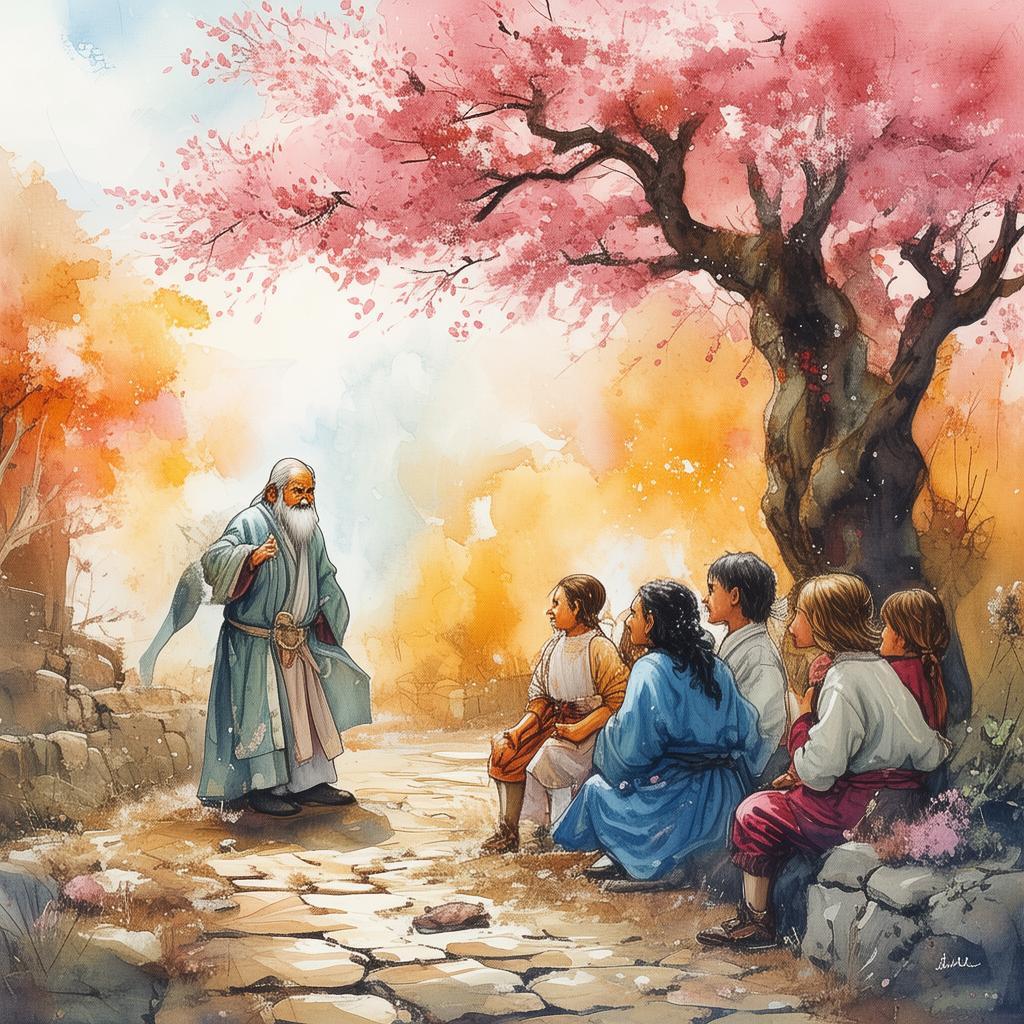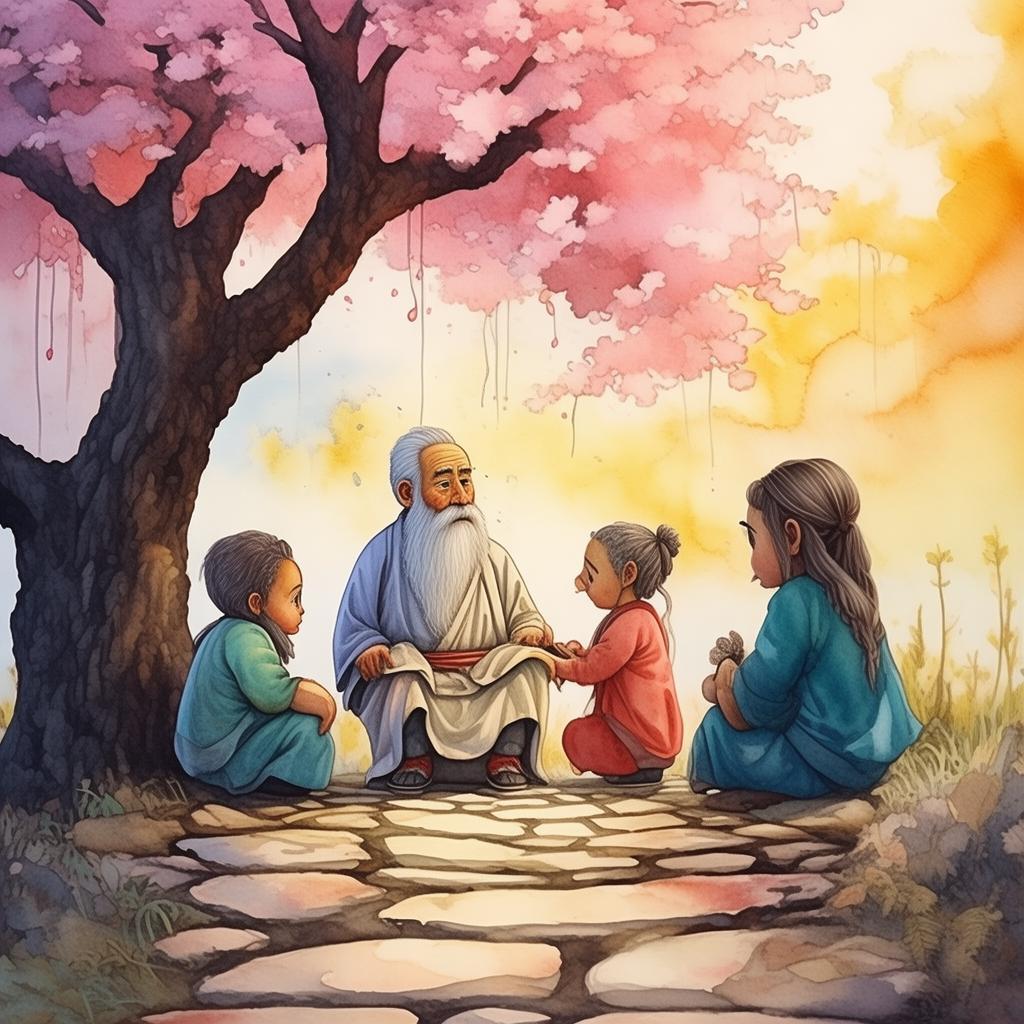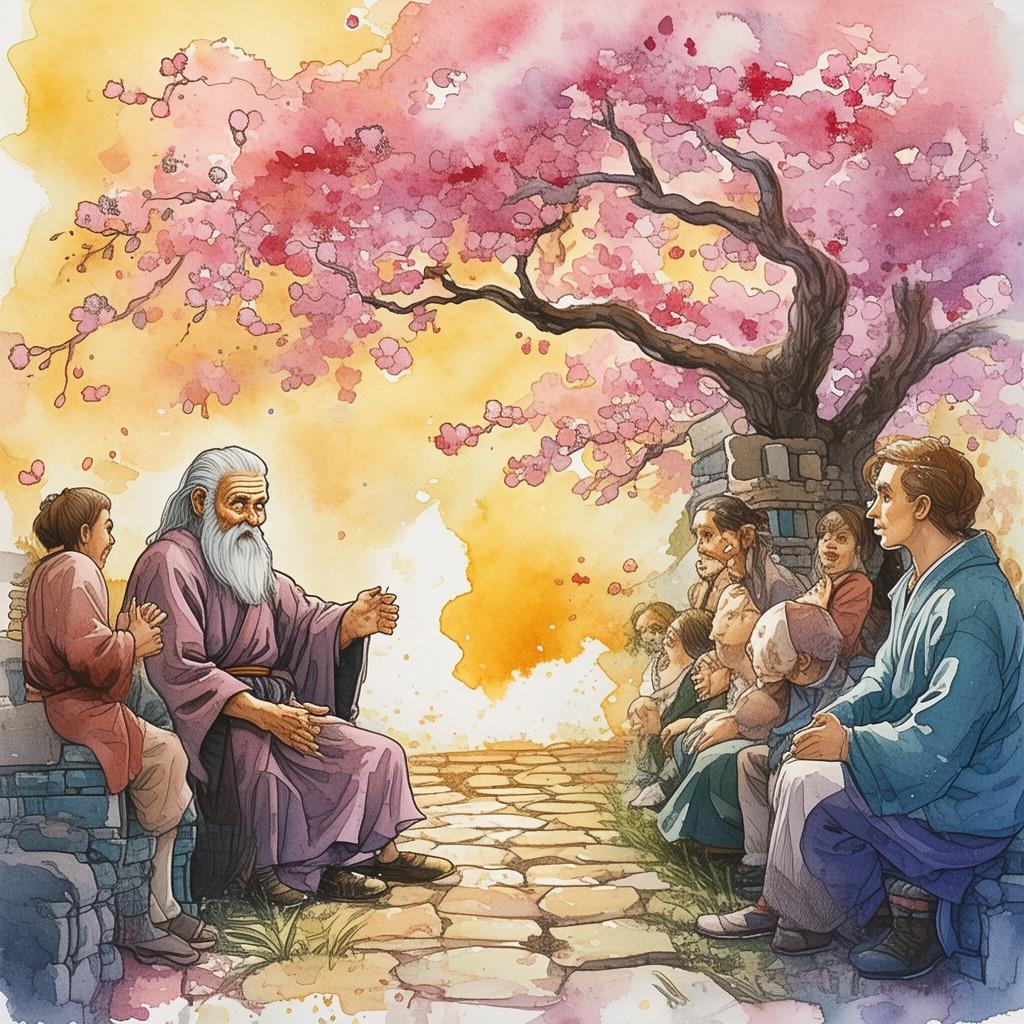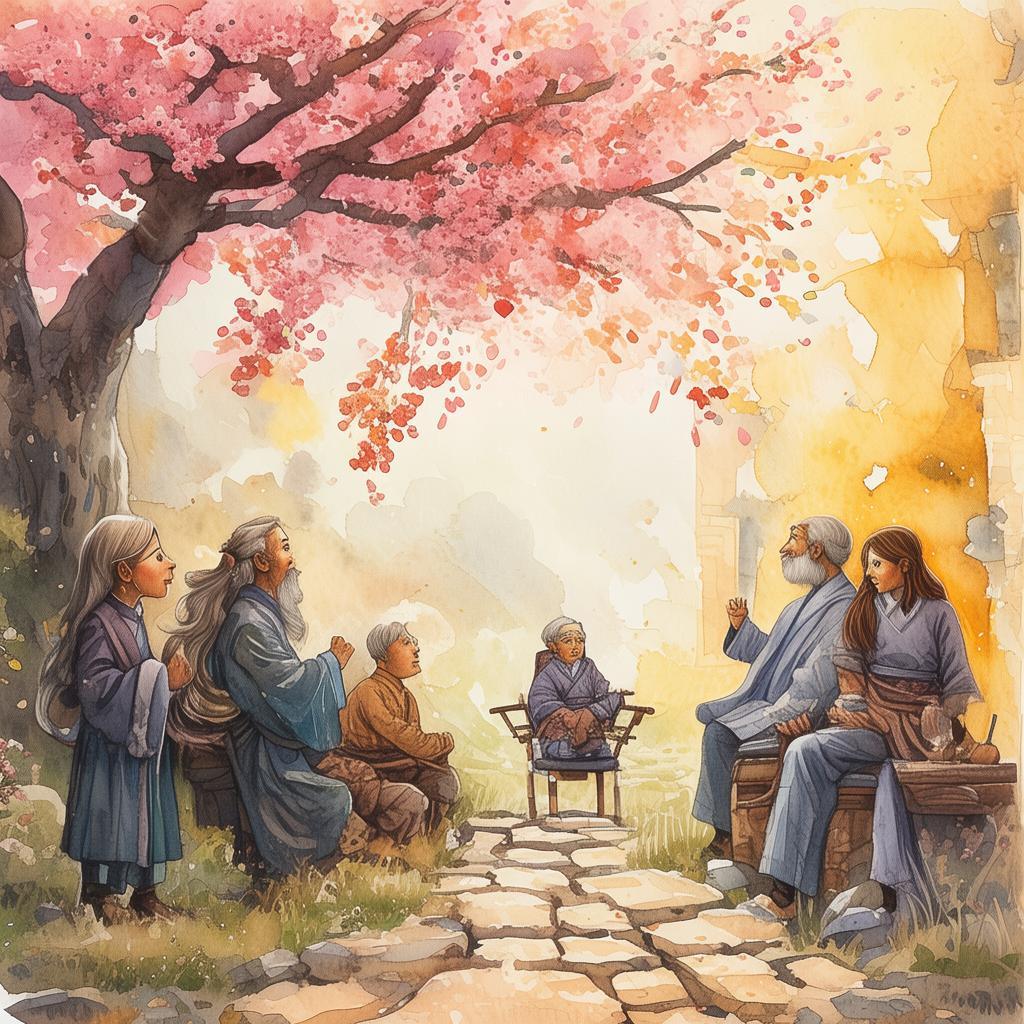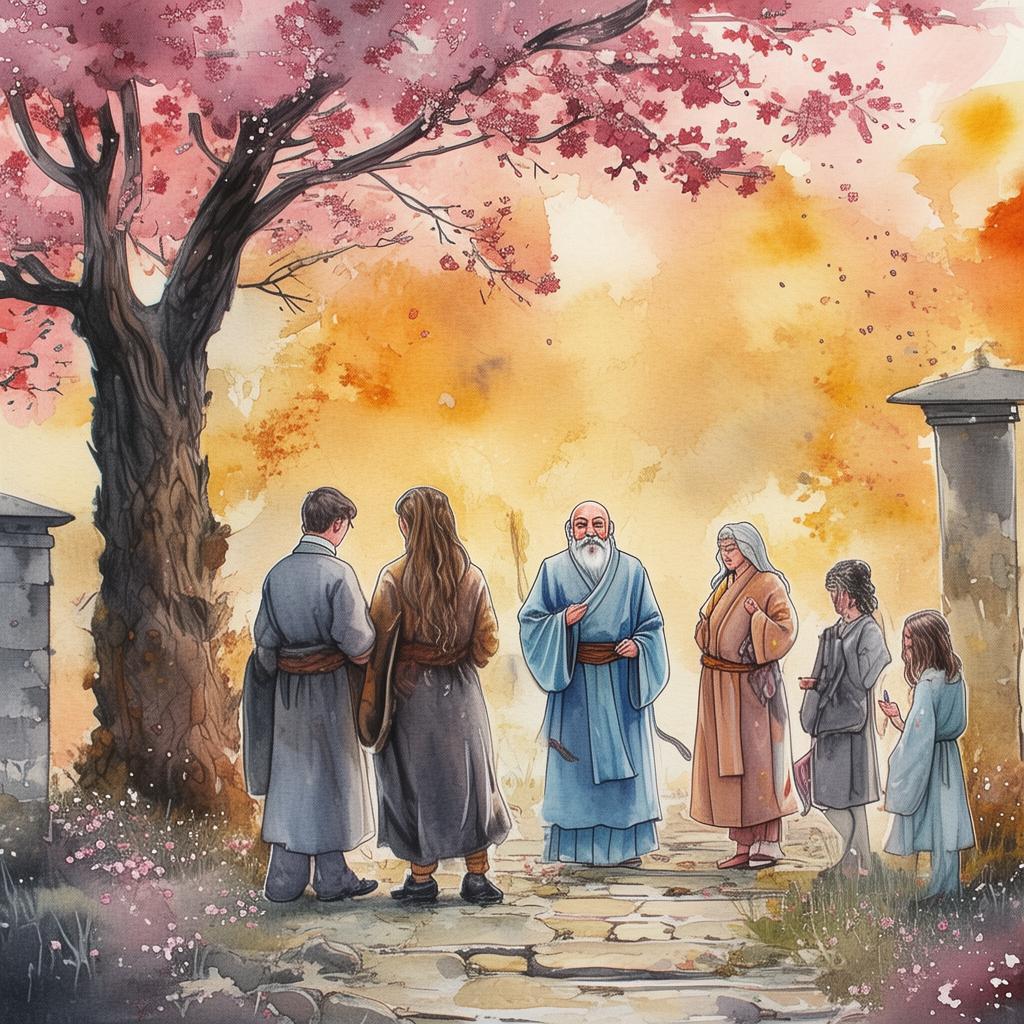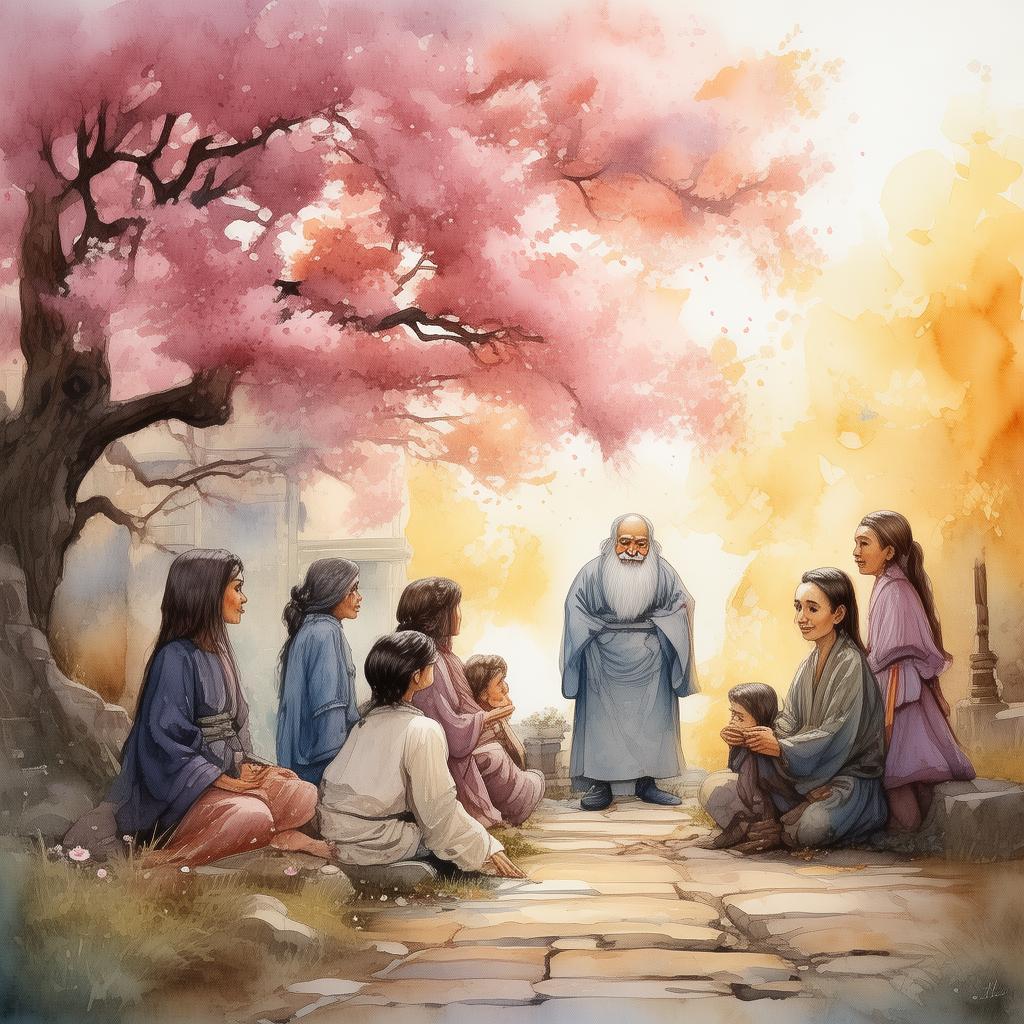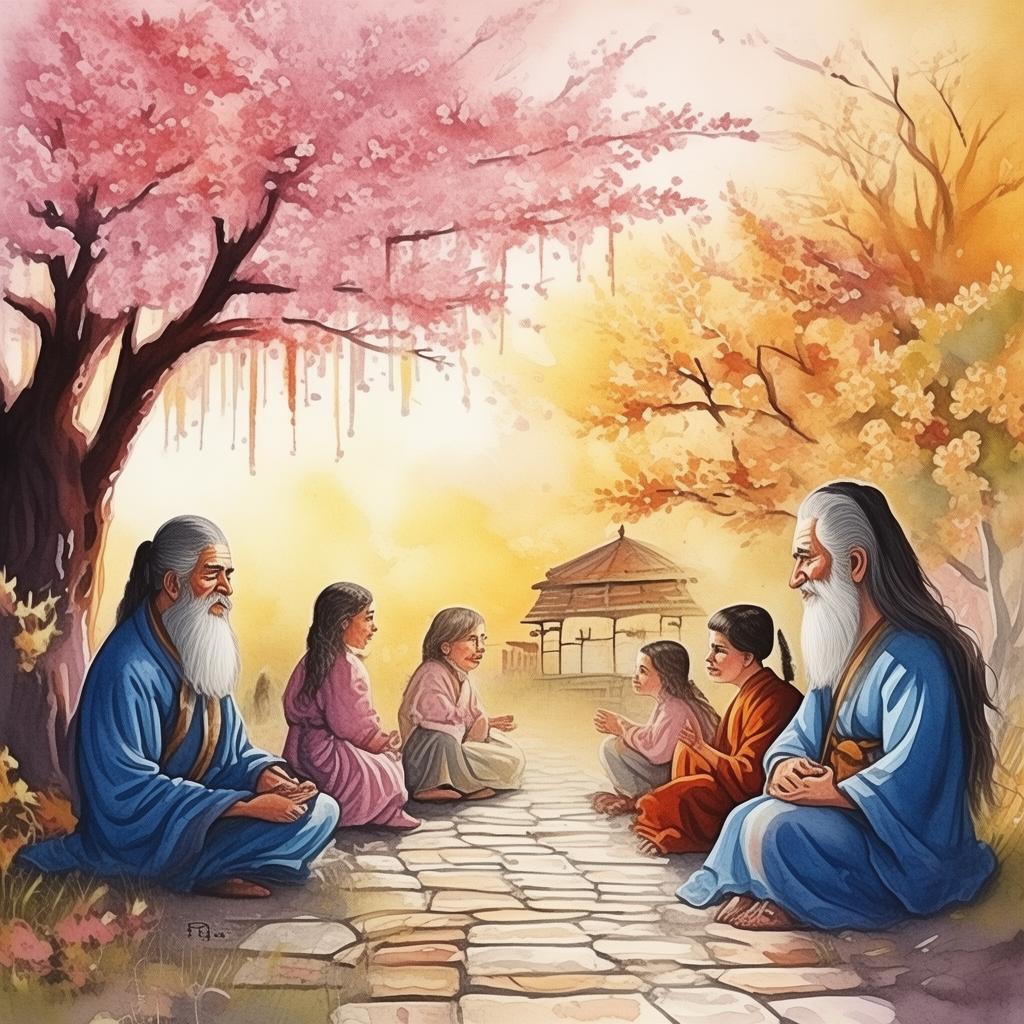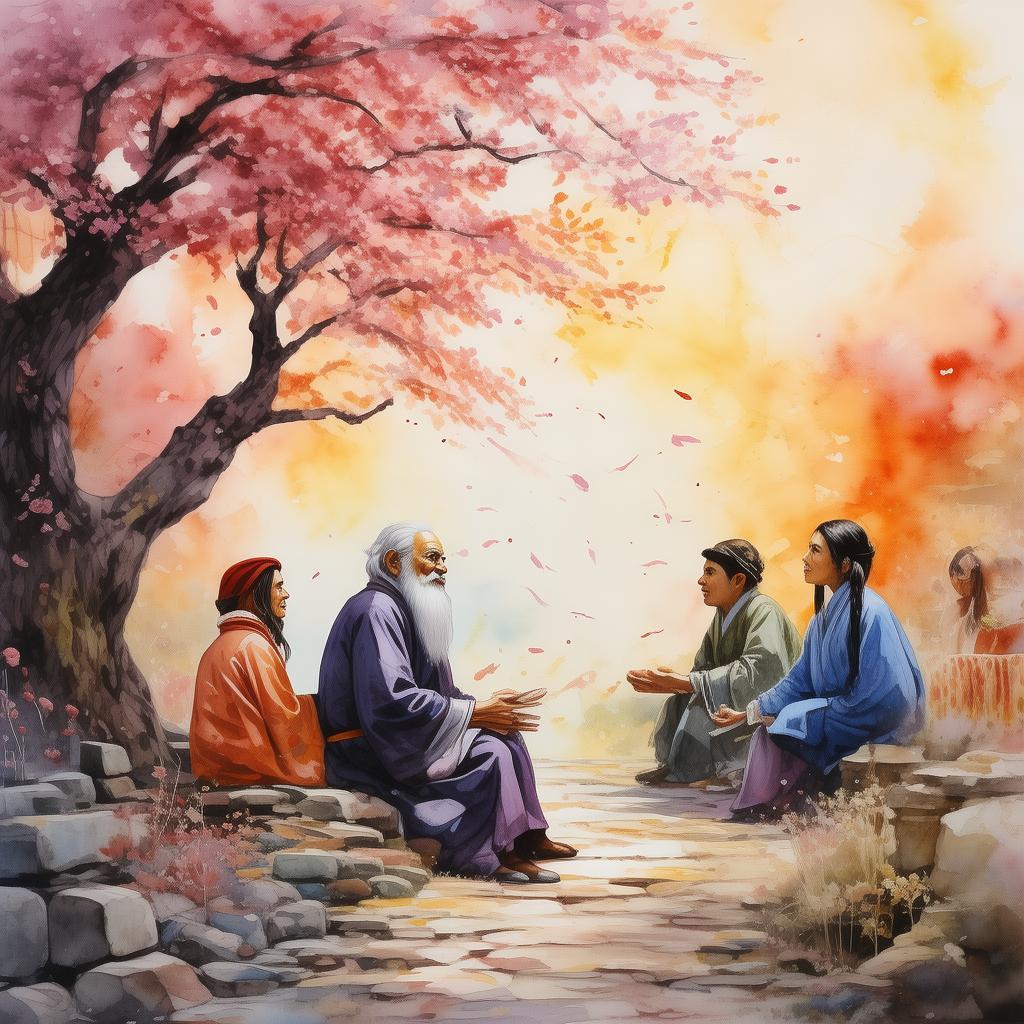Whispers of the Silk Road: The Enigma of the Golden Noodle
In the heart of the bustling bazaar of Samarkand, the scent of spices mingled with the aroma of freshly baked naan. Among the many stalls, there stood a modest shop, its sign a simple scroll reading, "The Golden Noodle." This was the dream of Chef Harun, a man whose life was a tapestry woven from the threads of culinary artistry and the rich history of the Silk Road.
Harun had spent years perfecting his craft, mastering the art of creating noodles with a texture so delicate that they could be mistaken for silk. Yet, he yearned for something more—a dish that would transcend the boundaries of his skill and speak to the soul of the Silk Road itself. This quest led him to the legend of the golden noodle, a dish said to be the peak of culinary achievement, a dish that had never been duplicated, a dish that was the stuff of legend.
The legend spoke of a secret recipe passed down through generations, a recipe that had been lost to time. It was said to be a blend of the finest ingredients, including saffron from the fields of Kandahar, the purest water from the Fergana Valley, and the patience of a thousand sunrises. The golden noodle was not merely a dish; it was a symbol of the Silk Road's enduring legacy, a testament to the cross-cultural exchange that had made it the lifeblood of the ancient world.
Harun's journey began in the bustling markets of Samarkand, where he sought the wisdom of the oldest chefs, the stories of the traders, and the whispers of the bazaar. Each person he met contributed a piece of the puzzle, a hint of the path he must follow. The enigma of the golden noodle seemed to be woven into the very fabric of the Silk Road, a puzzle that only the most intrepid could hope to solve.
As he traveled deeper into the heart of the Silk Road, Harun encountered challenges that tested his resolve. He faced treacherous desert landscapes, where the sands whispered secrets of the past, and he navigated the politics of city-states, where power and ambition could turn friends into enemies. Yet, Harun pressed on, driven by a sense of purpose and the hope that the golden noodle was not just a myth but a reality.
One evening, as the sun dipped below the horizon, casting a golden hue over the landscape, Harun arrived at the ancient city of Bukhara. Here, he found the final clue he needed. The city's library, a repository of knowledge and stories, held the key to the golden noodle's secret. Within its walls, amidst the dust and the scrolls, Harun discovered an ancient manuscript that detailed the recipe, its ingredients, and the method of preparation.
The manuscript spoke of a ritual that must be performed, a dance of ingredients and spices that would bring the dish to life. Harun spent days in the library, studying the manuscript, his heart pounding with anticipation. He knew that the recipe was not just a list of ingredients but a story, a legacy that had been passed down through the ages.
As the day of the festival of the Silk Road approached, Harun prepared to present his dish. The entire city buzzed with excitement, for it was said that the chef who could create the golden noodle would be hailed as the culinary master of the Silk Road.
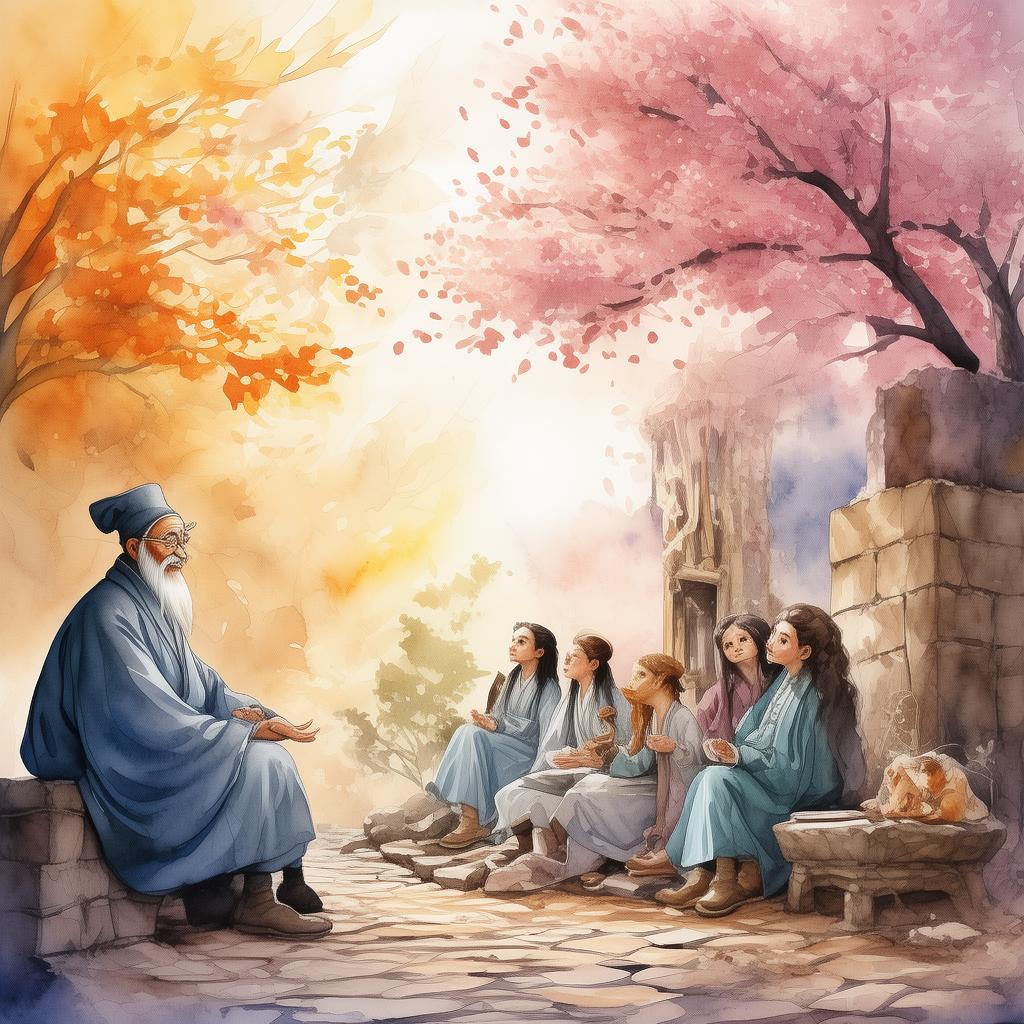
The night of the festival arrived, and Harun stood before a sea of faces, his heart pounding with a mix of fear and exhilaration. He began the ritual, his hands moving with the grace of a dancer, as he mixed the ingredients. The air was filled with the scent of saffron and the promise of something extraordinary.
As the final ingredient was added, the dish began to change. The noodles transformed, becoming translucent and shimmering with a golden hue. The crowd gasped in awe, and Harun knew that he had succeeded. The golden noodle was not just a dish; it was a symbol of the Silk Road's enduring legacy, a testament to the power of tradition and the spirit of the people who had built this great trade route.
But as he took a step back to admire his creation, Harun noticed something unsettling. The dish looked too perfect, too flawless. He realized that the recipe he had followed was not the true secret of the golden noodle. It was a copy, a clever forgery designed to lead him to a false sense of achievement.
Disheartened, Harun sought out the master chef who had given him the recipe. To his shock, he discovered that the chef was his own mentor, a man who had once been the guardian of the true recipe. The mentor had given Harun the copy to test his resolve, to see if he could rise to the challenge of the true golden noodle.
The mentor spoke of a deeper truth, one that Harun had not yet understood. The golden noodle was not just a dish; it was a journey, a test of character and determination. Harun realized that the true golden noodle was not a recipe but the spirit of the Silk Road itself, the legacy of a people who had persevered through centuries of hardship and change.
With newfound understanding, Harun prepared to serve his dish once more. This time, he did not follow the recipe, but instead, he created from his heart, blending the flavors and techniques he had learned along his journey. As he presented the dish, the crowd erupted in applause, for they had witnessed not just a dish but a story, a testament to the enduring spirit of the Silk Road.
Harun looked out at the sea of faces, and in that moment, he understood the true meaning of the golden noodle. It was not about perfection or achievement, but about the journey and the legacy that had brought him to this moment. And with that realization, he knew that the true golden noodle was not a dish, but a promise—a promise that the spirit of the Silk Road would live on, forever connecting the world through the threads of culture and tradition.
✨ Original Statement ✨
All articles published on this website (including but not limited to text, images, videos, and other content) are original or authorized for reposting and are protected by relevant laws. Without the explicit written permission of this website, no individual or organization may copy, modify, repost, or use the content for commercial purposes.
If you need to quote or cooperate, please contact this site for authorization. We reserve the right to pursue legal responsibility for any unauthorized use.
Hereby declared.
